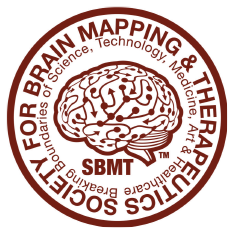Understanding The Brain
What is Brain Mapping?
Brain Mapping Defined
According to the definition established in 2013 by Society for Brain Mapping and Therapeutics (SBMT), brain mapping is specifically defined, in summary, as the study of the anatomy and function of the brain and spinal cord through the use of imaging, immunohistochemistry, molecular & optogenetics, stem cell and cellular biology, engineering, neurophysiology and nanotechnology.
All neuroimaging can be considered part of brain mapping. Brain mapping can be conceived as a higher form of neuroimaging, producing brain images supplemented by the result of additional (imaging or non-imaging) data processing or analysis, such as maps projecting (measures of) behavior onto brain regions. One such map, called a connectogram, depicts cortical regions around a circle, organized by lobes. Concentric circles within the ring represent various common neurological measurements, such as cortical thickness or curvature. In the center of the circles, lines representing white matter fibers illustrate the connections between cortical regions, weighted by fractional anisotropy and strength of connection.
Brain mapping techniques are constantly evolving, and rely on the development and refinement of image acquisition, representation, analysis, visualization and interpretation techniques. Functional and structural neuroimaging are at the core of the mapping aspect of brain mapping.


